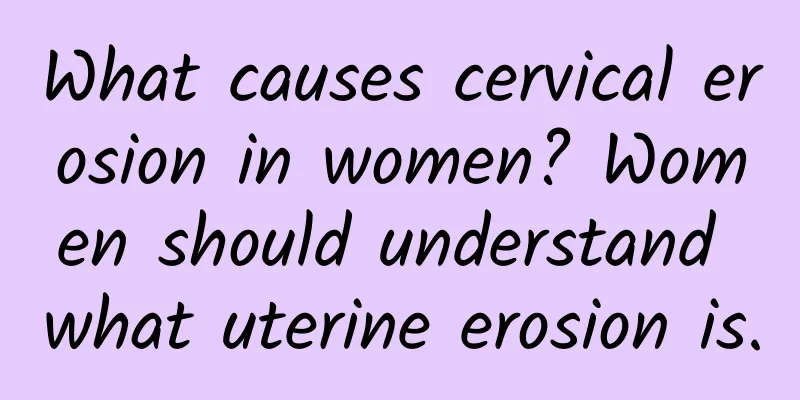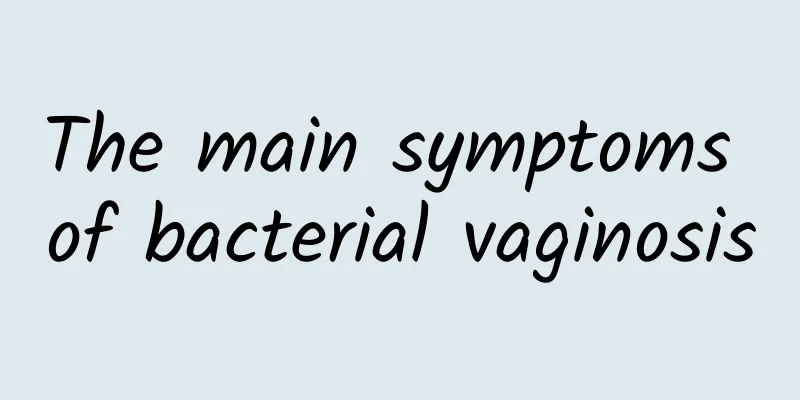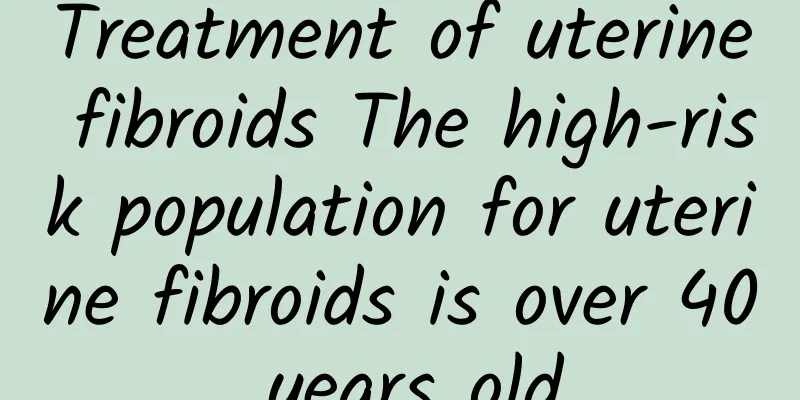How long should I take medicine for endometrial tuberculosis?

|
Endometrial tuberculosis is actually a relatively common gynecological disease. Its pathogenesis is very simple. For some reason, the endometrial tissue that should have been in the uterus runs to other areas, attaches to them and continues to grow. This greatly affects the patient's physical health. If it continues for a long time, it will also cause infertility. Drug treatment for endometrial tuberculosis Drug therapy can be divided into preoperative medication or postoperative medication. Preoperative medication can reduce the lesion, shrink the uterus, reduce pelvic adhesions and congestion, and inhibit the formation of physiological ovarian cysts, which should be beneficial for laparoscopic surgery. Drug treatment for endometrial tuberculosis At present, drug treatment for internal tuberculosis is mostly preoperative and postoperative medication. Postoperative medication can reduce residual lesions and delay the recurrence of internal tuberculosis. It is mainly suitable for patients with extensive tuberculosis lesions that cannot be completely removed or those with pain symptoms who have no fertility requirements but have cleared tuberculosis lesions visible to the naked eye. Evidence-based medical data published abroad show that it is appropriate for patients with pain symptoms to continue drug treatment for 6 months after laparoscopic conservative surgery. For patients who have cleared tuberculosis lesions visible to the naked eye and hope to have children in the near future, patients can be encouraged to get pregnant as soon as possible. Commonly used and effective drugs for the treatment of internal tuberculosis include danazol, gestrinone (gestrinone [translation]: gestrinone is a medium-strength progestin with strong anti-progestin and anti-estrogen activity, and also has very weak estrogenic and androgenic effects. It is clinically used as a contraceptive for visiting relatives or post-natal contraceptives. For early pregnancy, if used in combination with prostaglandins, it can increase the success rate of induced labor. Chinese aliases: gestrinone, 18-methyltrienylnorgestrel, qiangnoketone, dehydronorgestrel.), gonadotropin-releasing hormone analogs or agonists, progestogen drugs and oral contraceptives. Evidence-based medical data show that the efficacy of the above drugs in the treatment of internal tuberculosis is not much different, but the side effects are different and the prices are also very different. Therefore, when choosing medications, you should fully communicate with the patient and jointly develop a treatment plan. The above content is an introduction to the drug treatment methods for endometrial tuberculosis. I hope it can be helpful and of reference value to patients and friends. Experts say that endometrial tuberculosis is very harmful to patients, and there are many causes of the disease. After patients find the symptoms of the disease, they should go to the hospital for examination and treatment in time. |
<<: How effective is drug treatment for endometrial tuberculosis?
>>: What medicine is usually used for endometrial tuberculosis
Recommend
What medicine can I take for low-echo uterine fibroids? What can I eat to make low-echo uterine fibroids disappear?
Hypoechoic uterine fibroids are one of the common...
What causes endometrial tuberculosis?
What are the causes of endometrial tuberculosis i...
What are the precautions after painless abortion? Pay attention to these 3 points
This kind of painless abortion surgery has very m...
What causes multiple uterine fibroids?
What is the cause of multiple uterine fibroids? T...
People must know how to prevent vaginitis
Vaginitis is a very common disease among women. O...
Can eating grapes replenish blood? 5 must-know health benefits! Nutritionist Gao Minmin: 4 types of grapes have very different nutritional values
Grapes are one of the fruits favored by women. Gr...
Think twice before eating hot pot! There are tips for healthy eating
Winter is the season for hot pot. It is so tempti...
Constipation is not a good thing! 3 foods + fats are effective
The stool is not cleared and the lower abdomen is...
Patients with cervical erosion should pay attention to their sexual life
Cervical erosion is a very common disease caused ...
Eat 4 kinds of food to help reduce edema
When taking photos with friends, you are always a...
What are the main causes of cervical erosion?
Cervical erosion is mainly caused by physiologica...
Experts answer questions about painless abortion
With the advancement of medical technology, the t...
Liquid diet helps cancer patients eat Zhongrong recommended menu
It is not easy for cancer patients to maintain go...
If you eat the wrong protein to lose weight, your cholesterol will remain high! Physicians debunk common misconceptions about protein intake
Some people eat a lot of protein to lose weight, ...
Patients with pelvic inflammatory disease should always pay attention to their symptoms
The occurrence of pelvic inflammatory disease wil...









